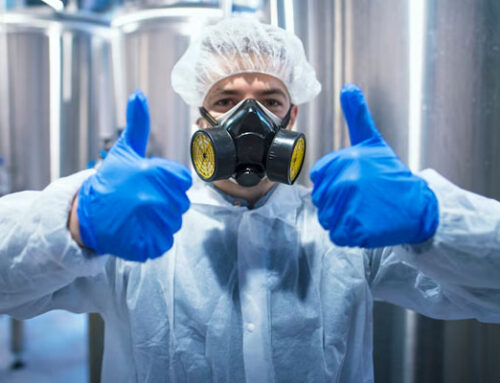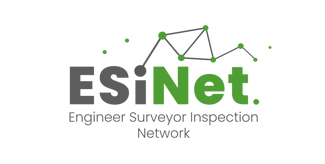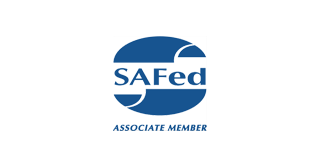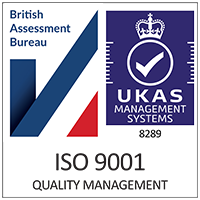11 Health and Safety Measures for PSSR Regulations
In the world of industrial operations, safety isn’t just a priority; it’s a fundamental necessity. Particularly in sectors dealing with hazardous substances, the safety of both personnel and the environment takes center stage. This is where Process Safety Systems and Regulations (PSSR) come into play. PSSR regulations are designed to ensure that potentially dangerous processes are managed effectively, minimizing risks and preventing accidents. Here, we delve into 11 essential health and safety measures aligned with PSSR regulations, crucial for safeguarding lives and environments within industrial settings.
1. Comprehensive Risk Assessment
Before initiating any process, a thorough risk assessment must be conducted. This includes identifying potential hazards, evaluating their severity, and implementing appropriate control measures to mitigate risks.
2. Adequate Training and Education
Personnel involved in handling hazardous materials must undergo comprehensive training programs. This ensures they understand the risks associated with their work and are equipped with the knowledge to operate safely.
3. Regular Equipment Inspection and Maintenance
Faulty equipment can be a significant hazard in industrial settings. Regular inspection and maintenance schedules must be established and adhered to, ensuring all machinery and systems are in optimal working condition.
4. Emergency Response Planning
Preparation for emergencies is critical. Establishing clear protocols for responding to incidents, conducting regular drills, and ensuring access to necessary emergency equipment can minimize the impact of accidents.
5. Effective Communication Channels
Open and effective communication channels are essential for relaying safety information, reporting hazards, and coordinating emergency responses. Encouraging a culture of transparency and accountability fosters a safer working environment.
6. Personal Protective Equipment (PPE)
Providing appropriate PPE is vital for safeguarding workers from potential hazards. This includes items such as gloves, goggles, respirators, and protective clothing tailored to the specific risks of the environment.
7. Hazardous Substance Management
Strict protocols must be in place for the handling, storage, and disposal of hazardous substances. This includes proper labeling, segregation from incompatible materials, and adherence to regulatory guidelines.
8. Process Control Systems
Implementing robust process control systems helps prevent accidents by monitoring and regulating critical parameters. Automated shutdown systems can swiftly react to deviations, averting potential disasters.
9. Regular Safety Audits
Regular audits help identify potential weaknesses in safety protocols and procedures. Conducting internal and external audits allows for continuous improvement and ensures compliance with regulatory standards.
10. Employee Involvement and Empowerment
Empowering employees to actively participate in safety initiatives fosters a culture of ownership and responsibility. Encouraging feedback and suggestions from frontline workers can lead to valuable insights and improvements.
11. Continuous Training and Development
Safety standards and technologies evolve over time. Providing ongoing training and development opportunities ensures that personnel remain up-to-date with the latest practices, equipment, and regulations.
In conclusion, adherence to PSSR regulations is paramount for ensuring the safety of personnel, communities, and the environment in industrial settings. By implementing these 11 health and safety measures, organizations can mitigate risks, prevent accidents, and cultivate a culture of safety excellence. Remember, when it comes to safety, there are no shortcuts—only steadfast commitment and diligence will suffice.











